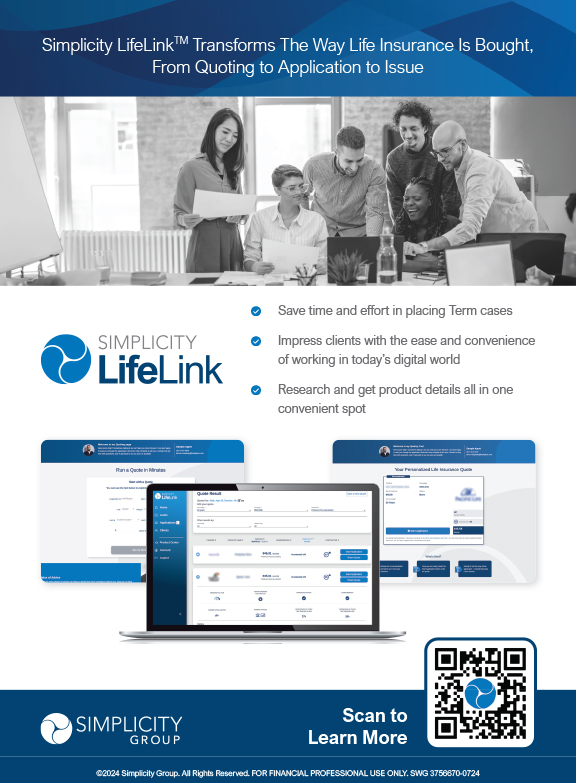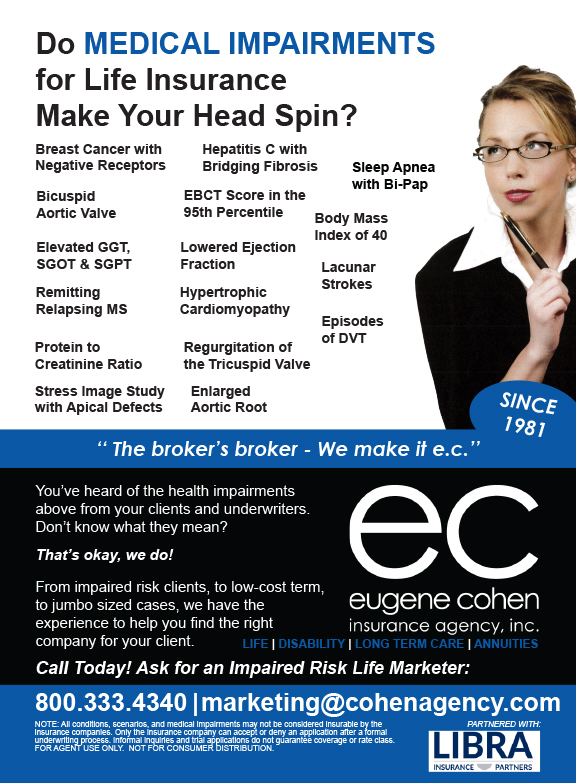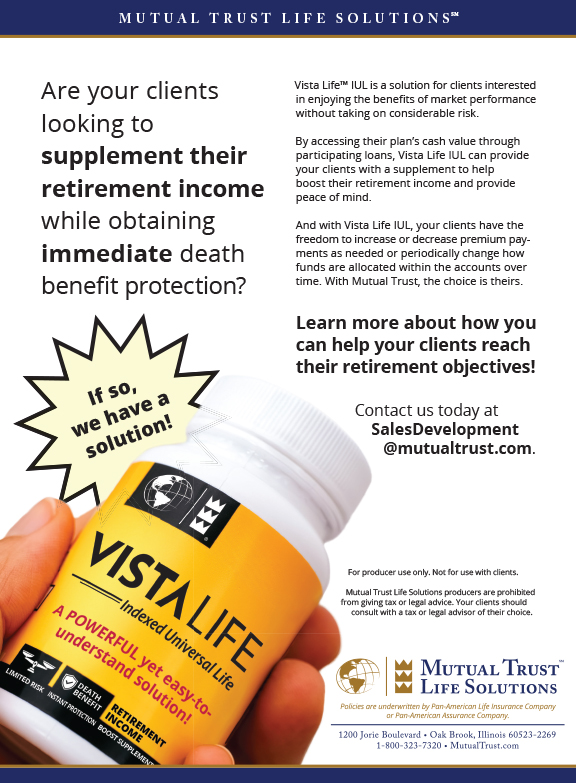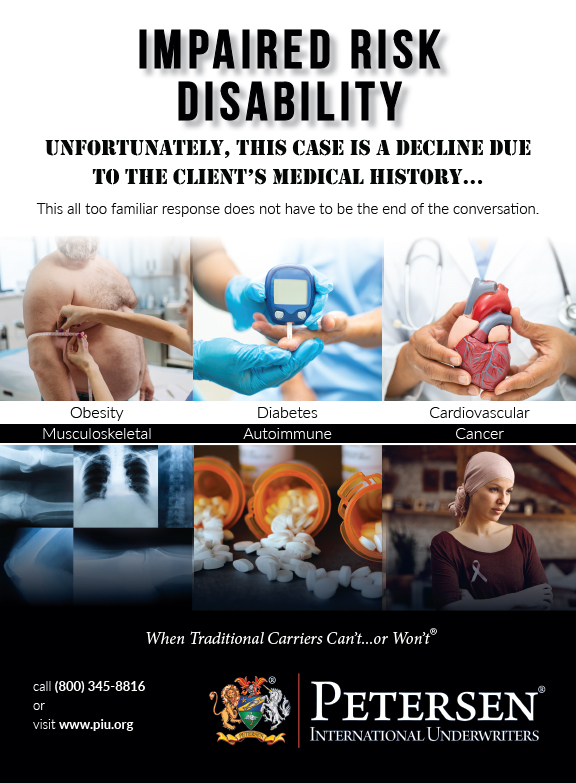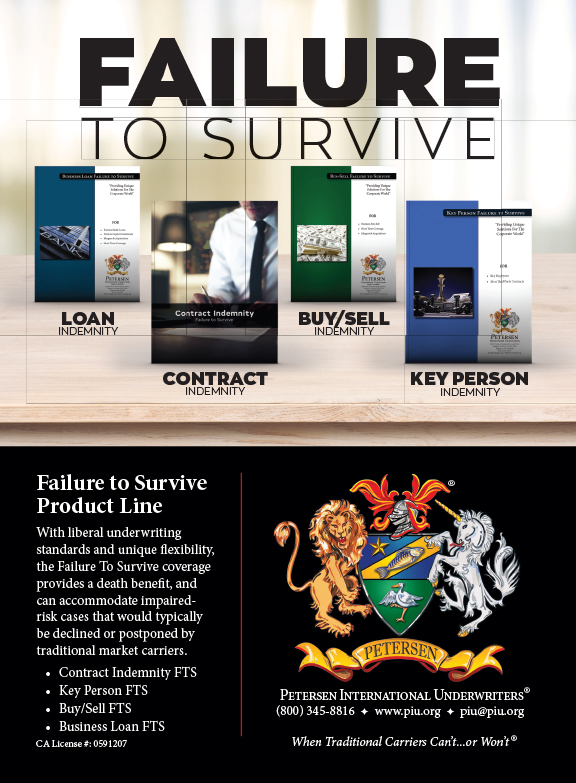Estate planning is important for married couples–but it could be arguably even more necessary for couples that live together but are not yet legally married. Without an estate plan unmarried couples may not be able to make end-of-life decisions or inherit from each other. And life insurance could be more important than ever, especially with living benefits included in it.
Estate planning serves two main functions: Who gets your assets when you die, and determining who can make decisions for you if you become incapacitated. There are laws in place to protect legally married spouses where couples have failed to plan–by governing the distribution of property in the event of incapacity and/or death. If you don’t have a will, property will pass to your spouse and children, or to parents if you die without a spouse or children. But there are fewer laws in place to protect unmarried partners. Without a solid estate plan, your partner may be shut out of the decision making and the inheritance. Here are some essential estate planning tips that can help unmarried couples:
Joint Ownership. One way to make sure property passes to an unmarried partner is to own the property (often real estate) jointly, with right of survivorship. If one joint tenant dies, his or her interest immediately ceases to exist and the remaining joint tenants own the entire property. This also avoids probate. It’s pretty common to see joint ownership.
Beneficiary Designations. Beneficiary designations should be reviewed on everything. On bank accounts, IRA and retirement funds, and life insurance to make sure your partner is named as the beneficiary (if that is what you want). An astounding number of life policies don’t have contingent beneficiaries. Review the coverage. Your partner will not have access to any of those accounts without a specific beneficiary designation. Of course, many couples may have children by prior marriages so they may want to make sure their kids get something when they die, and not inadvertently disinherit their children if they left everything to the partner who then might leave it all instead to their kids. Life insurance can be a “compensating asset” and can make sure everyone gets what’s intended, quickly and income tax free as well.
Life Insurance. Life insurance payable to the life partner might save the day, especially if the partners are nearing retirement age and not married with the eligibility to receive survivor social security benefits if one died. An amount equal to at least the present value of a deceased SS benefit for ten years might cushion the blow and enable the survivor to stay in his/her world and hold onto assets that were treasured by both partners.
It could also (as mentioned) ensure that kids from prior marriages would inherit something rather than nothing from dad and/or mom at the death of the first partner to die.
In many relationships there are both separate and jointly held property. The first property to be liquidated in tough economic times (like for extended medical care) is probably going to be jointly held and not separate or inherited property. This is reality. It might be income producing–like rental property. A real shame to have to sell it. What if the property of the healthy partner is the only thing left to help care for the partner with dementia? This could be the property with lots of accumulated taxable gain if sold–and also the property with lots of sentimental value. Selling it could be tough.
But life insurance with accelerated death benefits for everything from dementia to strokes, from cancer to heart attacks and Lou Gehrig’s disease, (tax free) might save the day. If the life insurance included living benefits it could lessen the shock of critical or chronic (long term care) type medical issues. The healthy partner could really go through hell dealing with the trouble and expense of either contingency. Unfortunately, it does happen and families can fall apart from it.
Always include these benefits in both term or permanent coverage where possible. It usually doesn’t cost a lot more, if anything, to include it. Of course only a few good companies actually offer it. It could pay out 16 ways tax free even if you didn’t die. Especially include it in your recommendations for sales on clients in their 50s or 60s where this life insurance purchase could be their last–and where they do not own any long term care coverage. It’s a retirement asset protection tool. If you are also an investment advisor, it can also keep assets under management intact.
Your Will. Your will says who will get your property after your death. However, it’s increasingly irrelevant for this purpose as most property passes outside of probate through joint ownership, beneficiary designations, and trusts.
Yet your will is still important for two other reasons. If you still have minor children, or a handicapped child, it permits you to name their guardians in the event you are not there to continue your parental role. It also allows you to pick your personal representative (also called an executor or executrix) to take care of everything having to do with your estate, including distributing your possessions, paying your final bills, filing your final tax return, and closing out your accounts. It’s best that you choose who serves in this role and not rely on the courts for it.
Your Durable Power of Attorney. Your attorney prepares this so other people can act for you on financial and legal matters in the event of your incapacity. Without it, if you become disabled or even unable to manage your affairs for a period of time, your finances could become disordered and your bills not paid and this could place a greater burden on your partner. Your partner might have to go to court to seek the appointment of a conservator, which takes time and money, all of which can be avoided.
A separate document, Durable Power for Healthcare, is also advisable which allows others to make important medical decisions for you if you cannot–things like end-of-life planning which conforms to your wishes. Without it, children and your life partner could have battles over end-of-life decisions which could rip your family apart. The policyowner on a life policy with living benefits is the person who files any claim for them. If you were incapacitated with a stroke, for example, you’d want to make sure your life partner could step in and file that claim if you couldn’t do it. Make sure your client’s other advisors, attorney and accountant, know they have living benefits on his life insurance. As a financial advisor, offering information to clients’ advisors is a great way to earn and deserve referrals.
Don’t ignore your clients who are partners but not legally married. Even if you have religious reservations about their lifestyles, many have been in stable committed relationships for decades, many are pretty affluent, and they take care of business just like everyone else does. They need help too, and will appreciate your understanding and your good advice.








